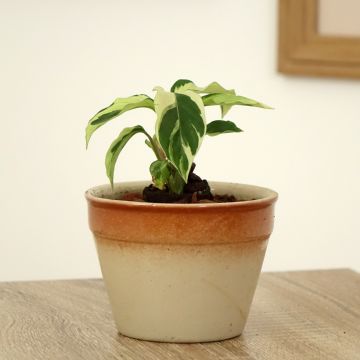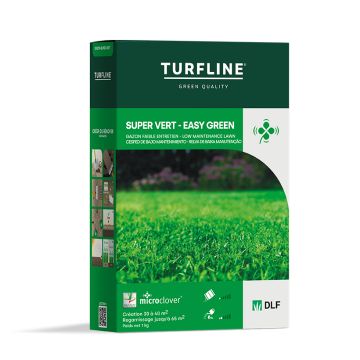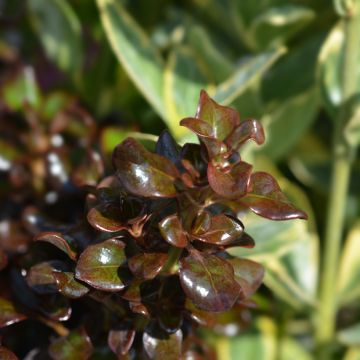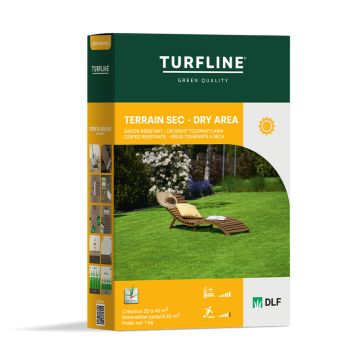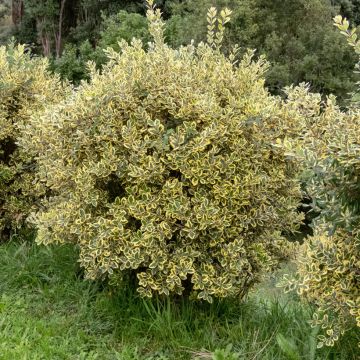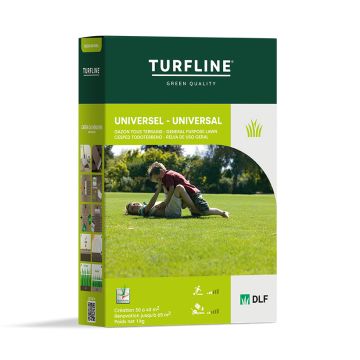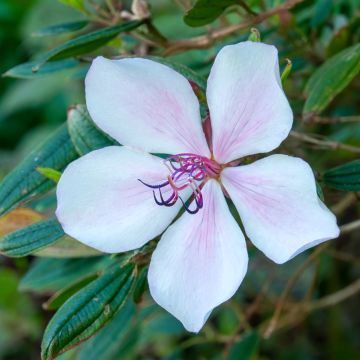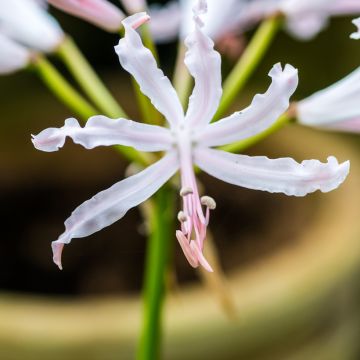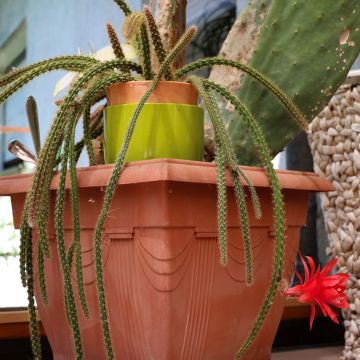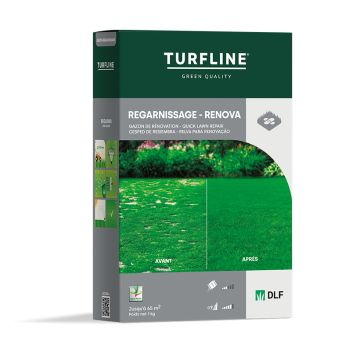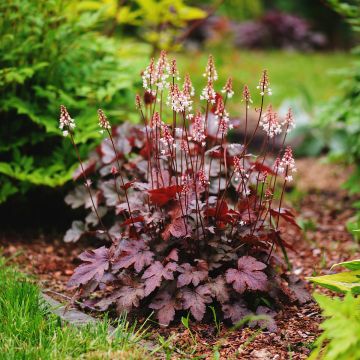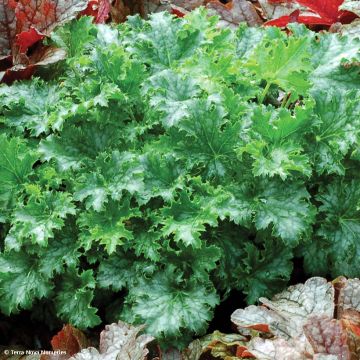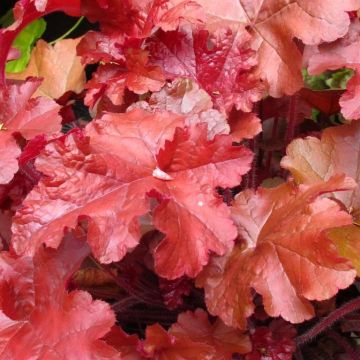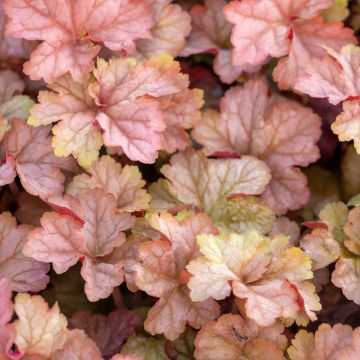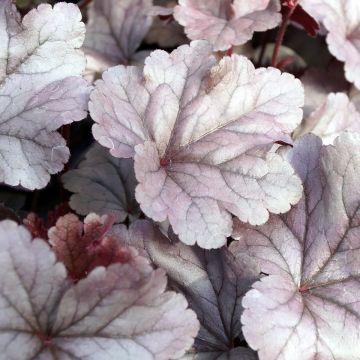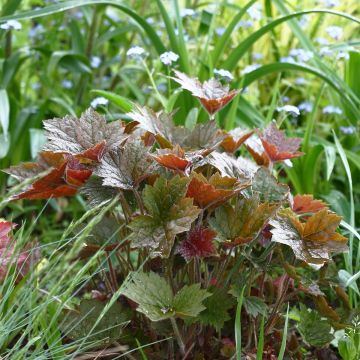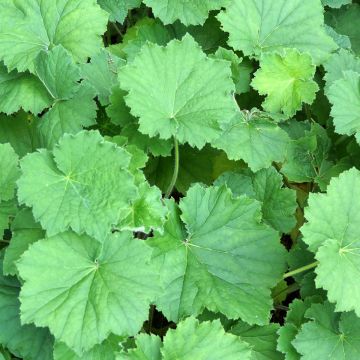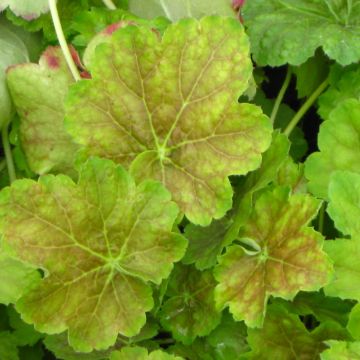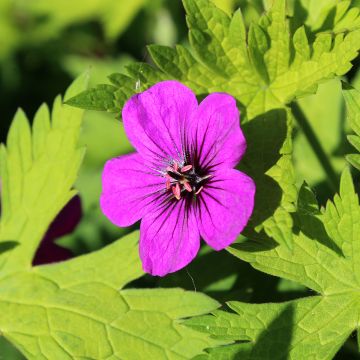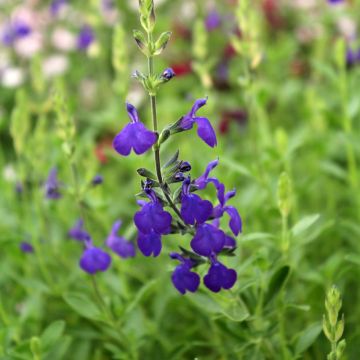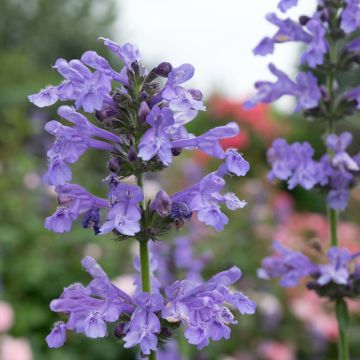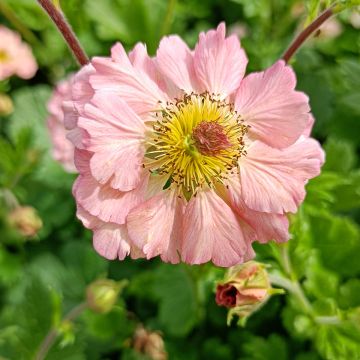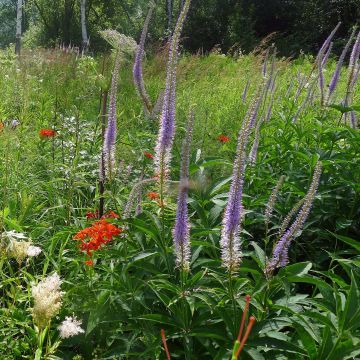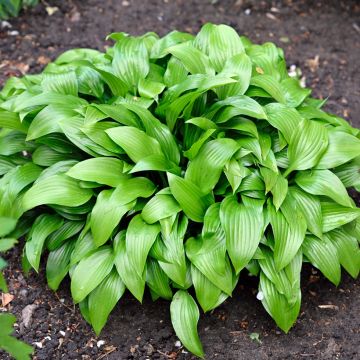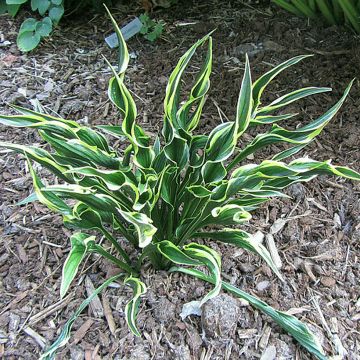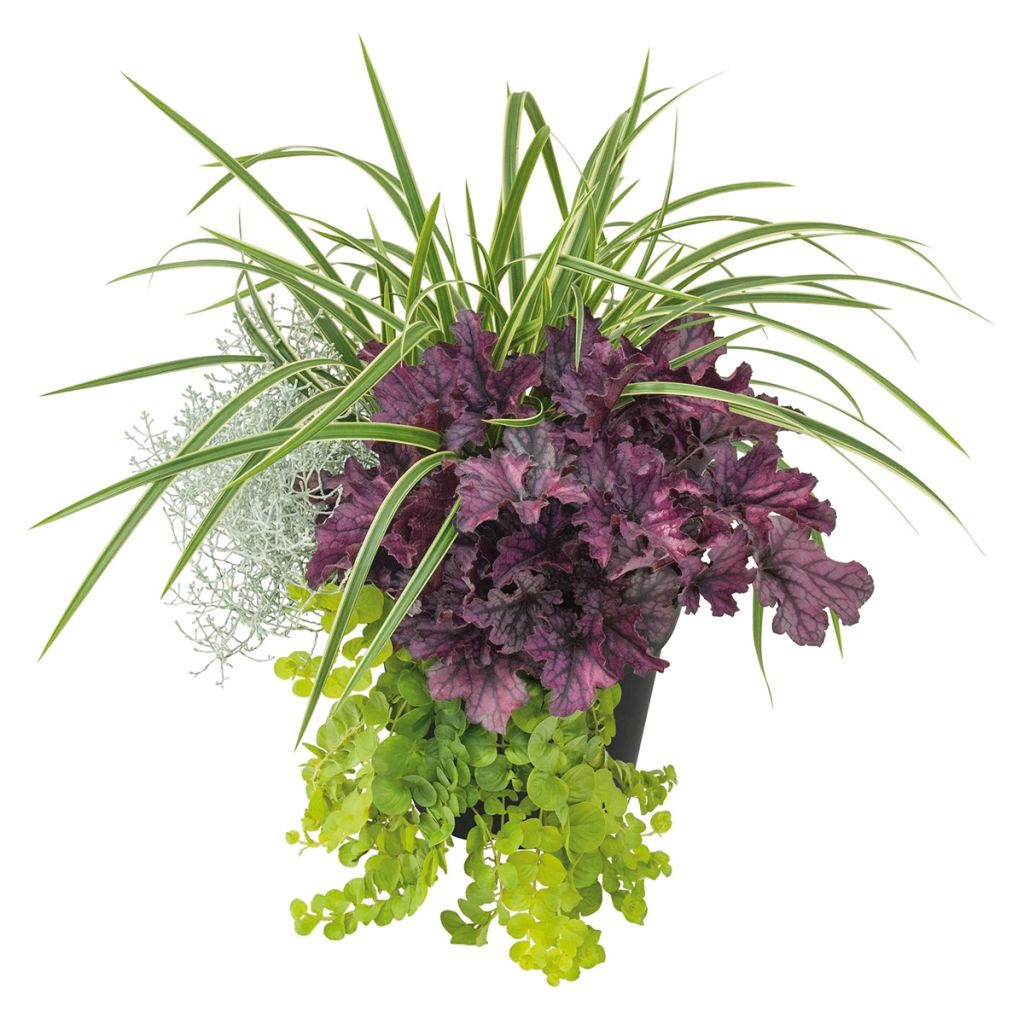

Silent Sunday Composition - A collection of 4 young plants
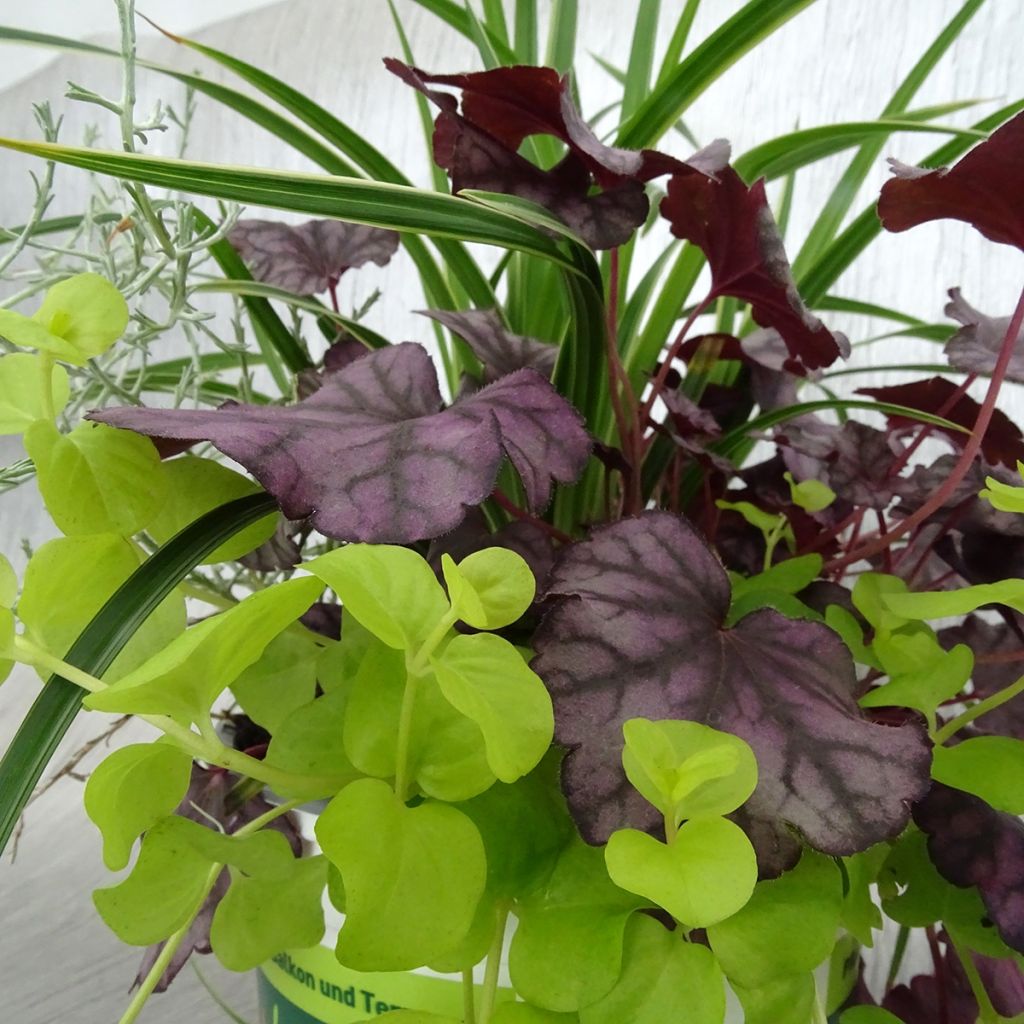

Silent Sunday Composition - A collection of 4 young plants
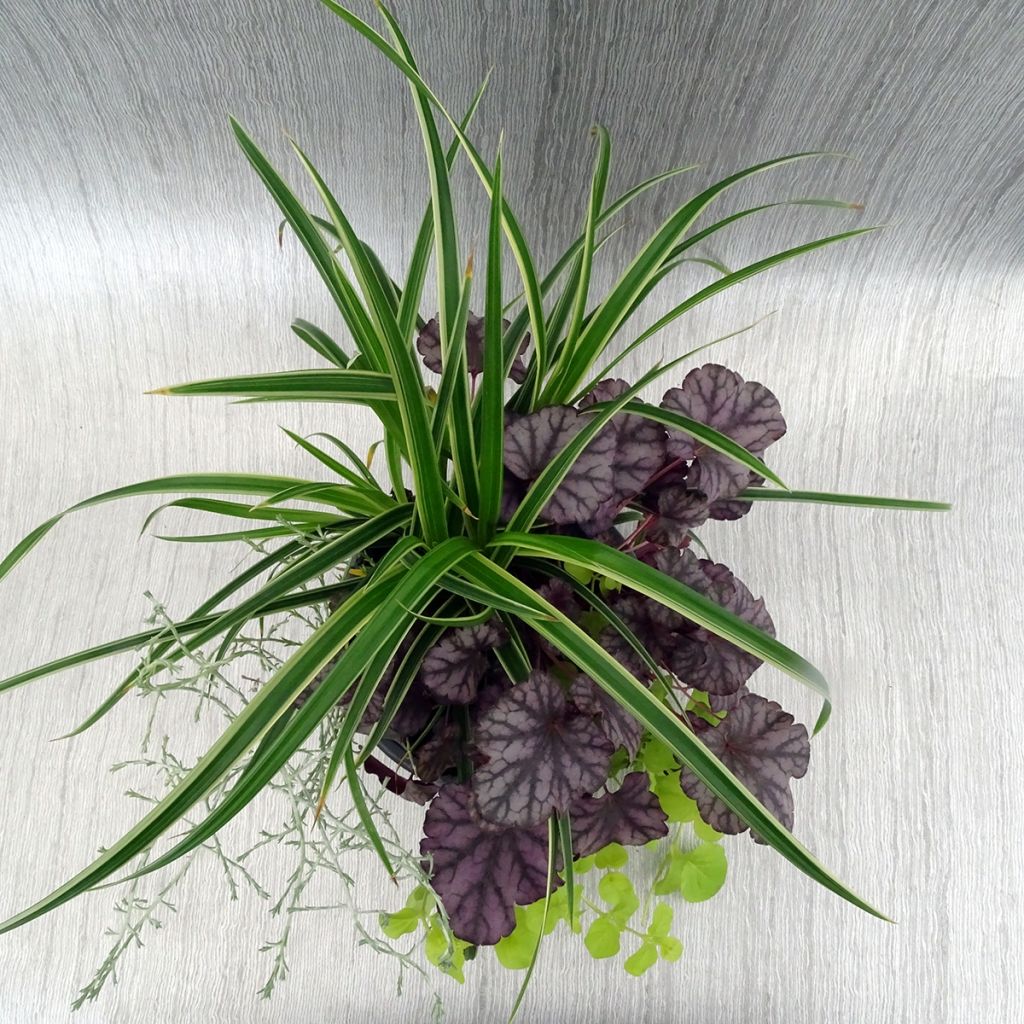

Silent Sunday Composition - A collection of 4 young plants
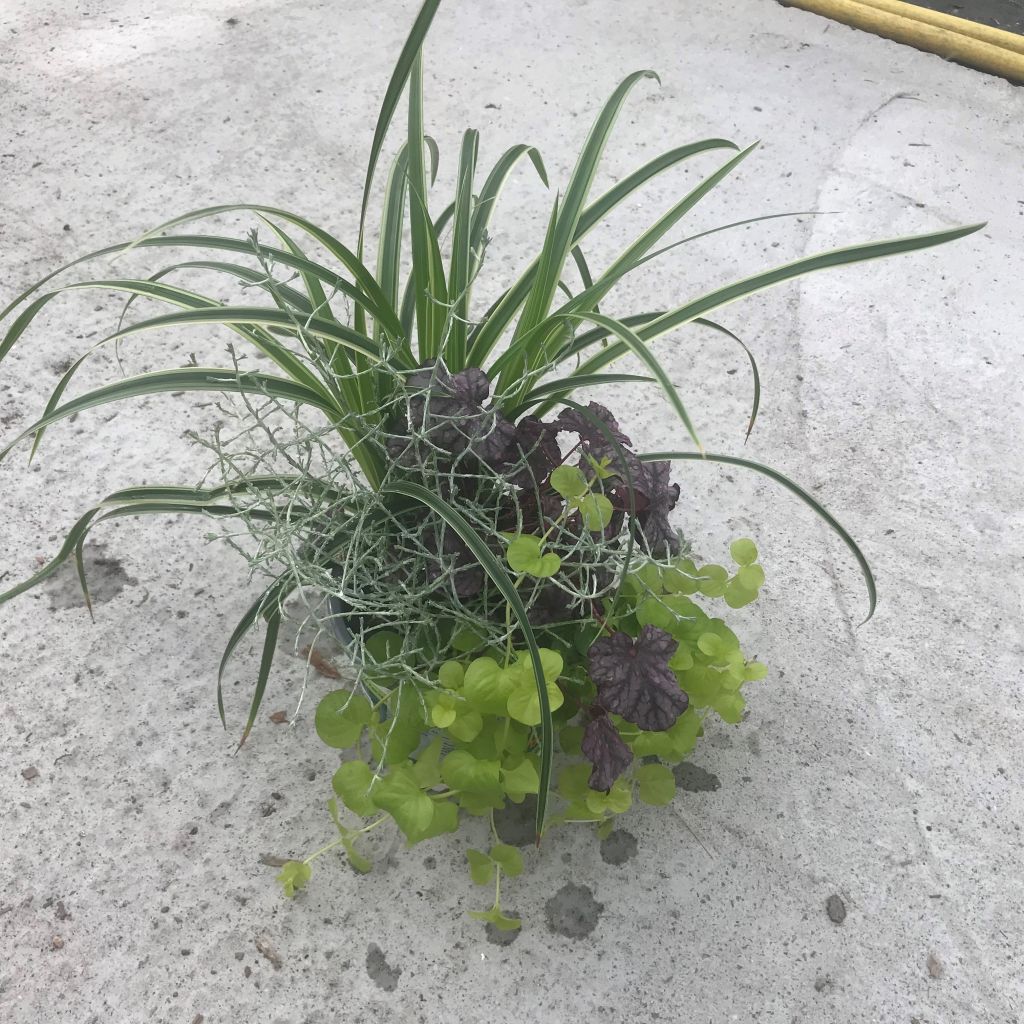

Silent Sunday Composition - A collection of 4 young plants
Silent Sunday Composition - A collection of 4 young plants
Calocephalus, Heuchera,Carex, Lysimachia
Why not try an alternative variety in stock?
View all →This plant carries a 6 months recovery warranty
More information
We guarantee the quality of our plants for a full growing cycle, and will replace at our expense any plant that fails to recover under normal climatic and planting conditions.
From €7.90 for pickup delivery and €6.90 for home delivery
Express home delivery from €8.90.
Does this plant fit my garden?
Set up your Plantfit profile →
Description
The Silent Sunday composition offers a combination of four perennial plants selected for their foliage, varied in terms of texture and colour. They harmoniously blend together and remain attractive even in winter. All are easy to grow in pots or in the ground. The Calocephalus, which is frost-sensitive, should be considered an annual plant if the container is not overwintered in a cold greenhouse. Its companions will withstand our winters perfectly. Already composed, this mixture allows you to create an immediate and lasting, tasteful effect on your terrace or in your garden.
The Silent Sunday composition consists of:
- 1 x Calocepalus brownii or Leucophyta brownii: a small, sculptural, evergreen bush from the aster family, forming a ball about 40 cm (16in) in all directions. Its silver stems bear very fine leaves of the same colour. In summer, the bush produces small rounded, cream-white bouquets. The plant perishes below -5°C (23°F) and dislikes heavy, waterlogged soils.
- 1 x Heuchera with beautifully coloured wavy leaves of pinkish-purple. This perennial plant has extremely light floral spikes adorned with tiny white-pinkish bells in summer. The foliage persists more or less in winter.
- 1 x Carex, a small, non-invasive perennial grass with long green leaves edged with cream-white. Its vegetation forms a small, bright tuft that persists in winter.
- 1 x Lysimachia mummularia Goldilocks: a ground-covering variety that produces long, spreading or trailing, rooting stems, adorned with small rounded green-golden, deciduous leaves. This perennial has small bright yellow flowers throughout summer.
Grown in the same pot, these perennial plants go well together. They should be repotted into a larger, wider container, to showcase them on the balcony or terrace. This composition can also be planted in the ground, in a sunny position in well-drained, rich, and moist soil.
Silent Sunday Composition - A collection of 4 young plants in pictures
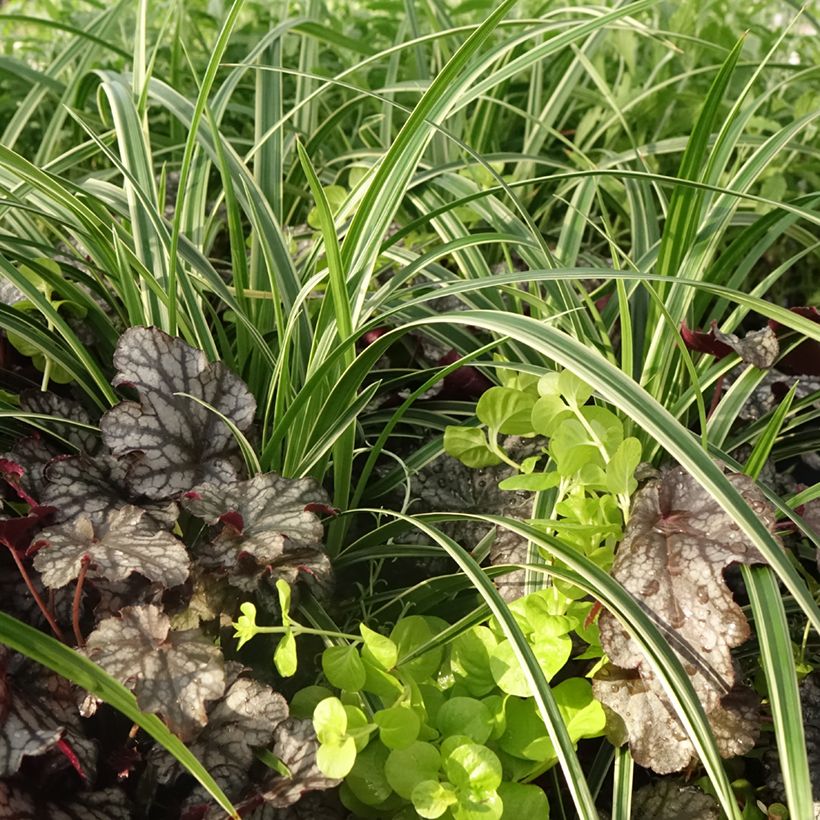

Flowering
Foliage
Plant habit
Botanical data
Calocephalus, Heuchera,Carex, Lysimachia
Cultivar or hybrid
Other Heuchera
View all →Planting and care
Plant your Silent Sunday composition in spring or early autumn in a wide container to allow the plants to reach their full potential. Use rich and light soil and water regularly. Apply universal fertilizer in spring. Choose a sunny to semi-shaded exposure. The created pot can spend the winter outside, but the Calocephalus, which does not withstand heavy frost, will perish. To keep it, you will need to overwinter in a cold greenhouse.
In the ground: if your soil is heavy, mix some soil and sand with it and place your composition so that the top of the root ball is covered with 2-3 cm (1in) of soil. The addition of a base fertilizer will nourish your plants during the rooting period without the risk of burning. Compact the soil and water generously to eliminate air pockets. If the weather is dry, you will need to water regularly for a few weeks to aid establishment, then water your plants regularly if it is very dry. We recommend pruning dry leaves and stems in February-March.
Planting period
Intended location
Care
-
, onOrder confirmed
Reply from on Promesse de fleurs
Summer flowering perennials
Haven't found what you were looking for?
Hardiness is the lowest winter temperature a plant can endure without suffering serious damage or even dying. However, hardiness is affected by location (a sheltered area, such as a patio), protection (winter cover) and soil type (hardiness is improved by well-drained soil).

Photo Sharing Terms & Conditions
In order to encourage gardeners to interact and share their experiences, Promesse de fleurs offers various media enabling content to be uploaded onto its Site - in particular via the ‘Photo sharing’ module.
The User agrees to refrain from:
- Posting any content that is illegal, prejudicial, insulting, racist, inciteful to hatred, revisionist, contrary to public decency, that infringes on privacy or on the privacy rights of third parties, in particular the publicity rights of persons and goods, intellectual property rights, or the right to privacy.
- Submitting content on behalf of a third party;
- Impersonate the identity of a third party and/or publish any personal information about a third party;
In general, the User undertakes to refrain from any unethical behaviour.
All Content (in particular text, comments, files, images, photos, videos, creative works, etc.), which may be subject to property or intellectual property rights, image or other private rights, shall remain the property of the User, subject to the limited rights granted by the terms of the licence granted by Promesse de fleurs as stated below. Users are at liberty to publish or not to publish such Content on the Site, notably via the ‘Photo Sharing’ facility, and accept that this Content shall be made public and freely accessible, notably on the Internet.
Users further acknowledge, undertake to have ,and guarantee that they hold all necessary rights and permissions to publish such material on the Site, in particular with regard to the legislation in force pertaining to any privacy, property, intellectual property, image, or contractual rights, or rights of any other nature. By publishing such Content on the Site, Users acknowledge accepting full liability as publishers of the Content within the meaning of the law, and grant Promesse de fleurs, free of charge, an inclusive, worldwide licence for the said Content for the entire duration of its publication, including all reproduction, representation, up/downloading, displaying, performing, transmission, and storage rights.
Users also grant permission for their name to be linked to the Content and accept that this link may not always be made available.
By engaging in posting material, Users consent to their Content becoming automatically accessible on the Internet, in particular on other sites and/or blogs and/or web pages of the Promesse de fleurs site, including in particular social pages and the Promesse de fleurs catalogue.
Users may secure the removal of entrusted content free of charge by issuing a simple request via our contact form.

































